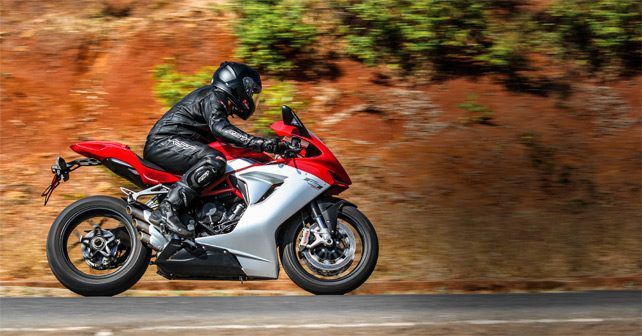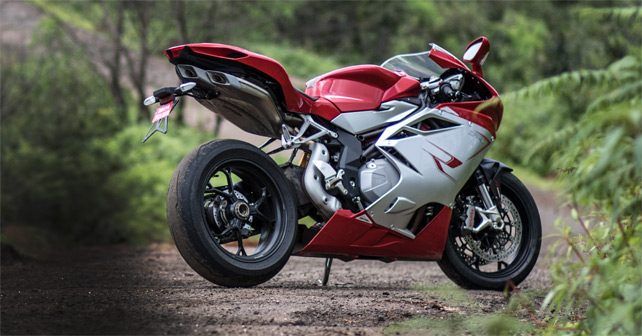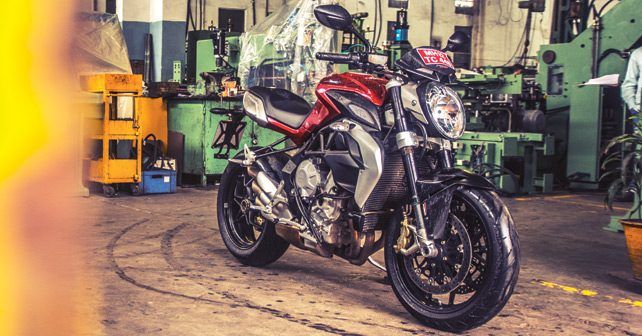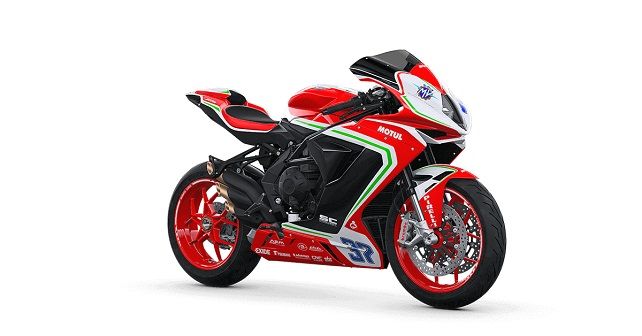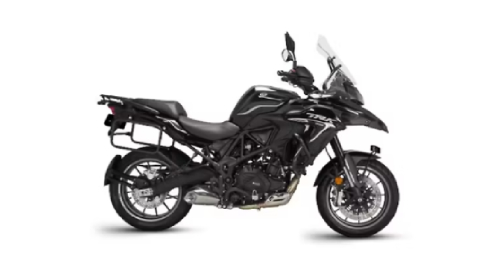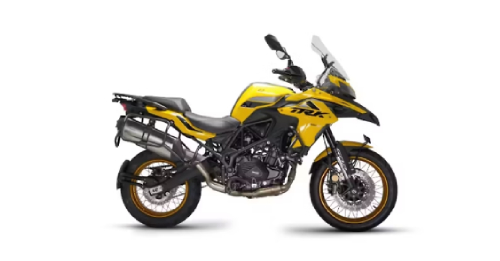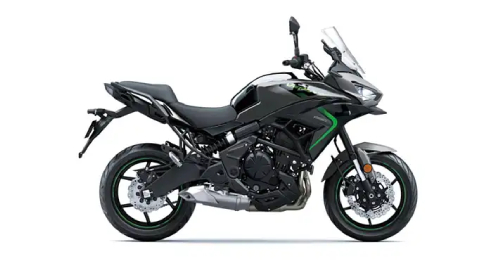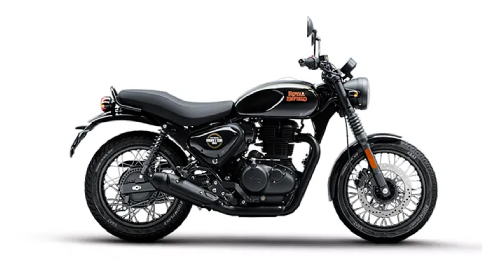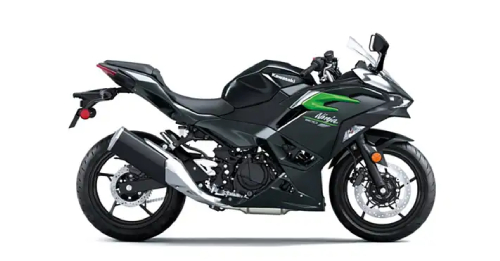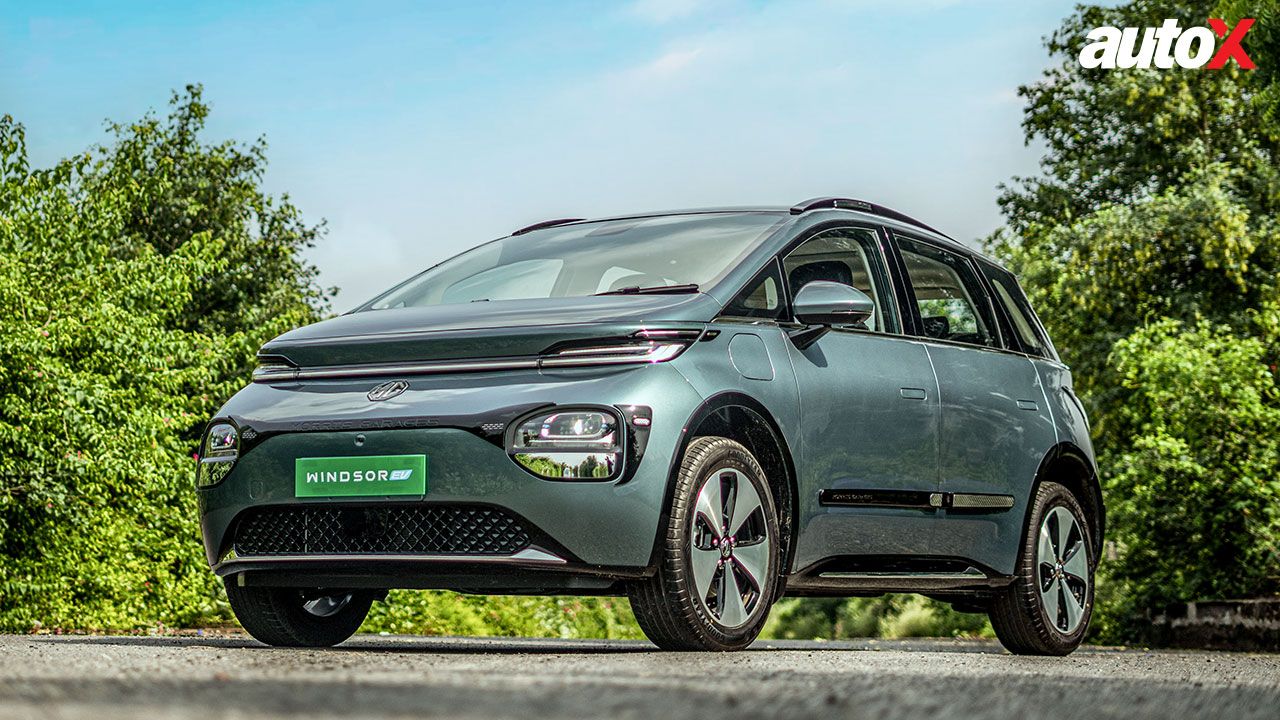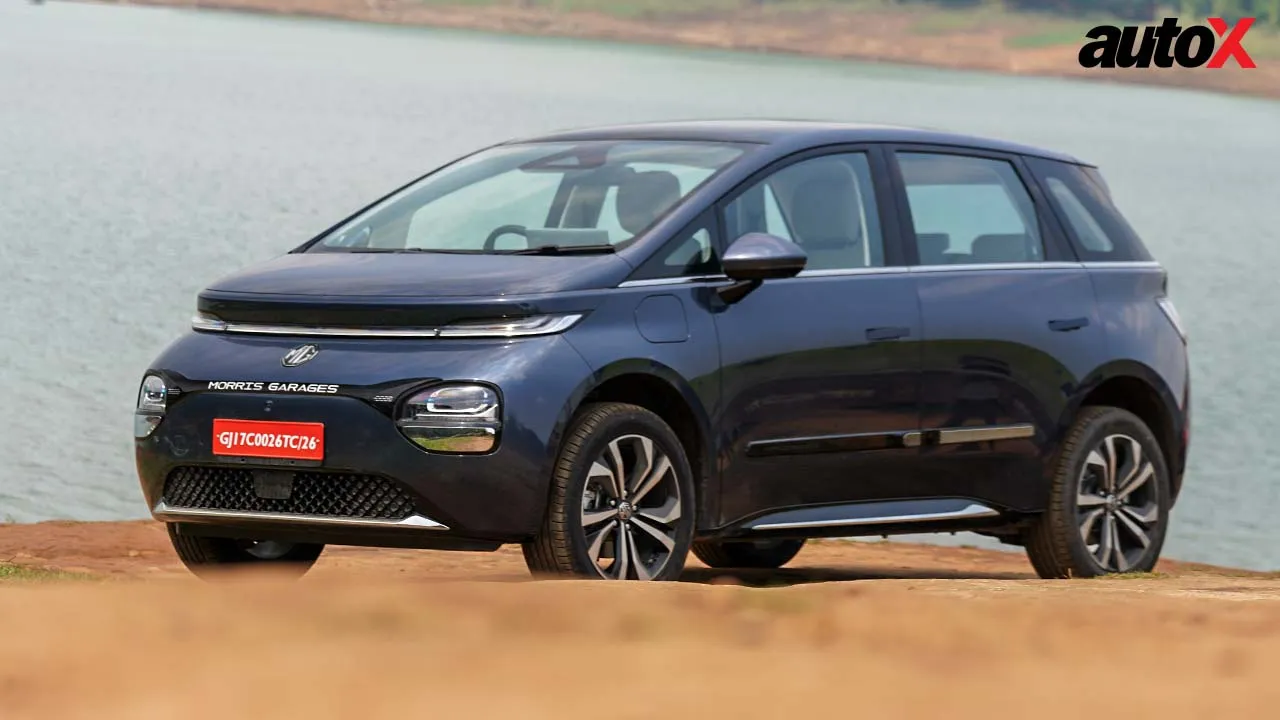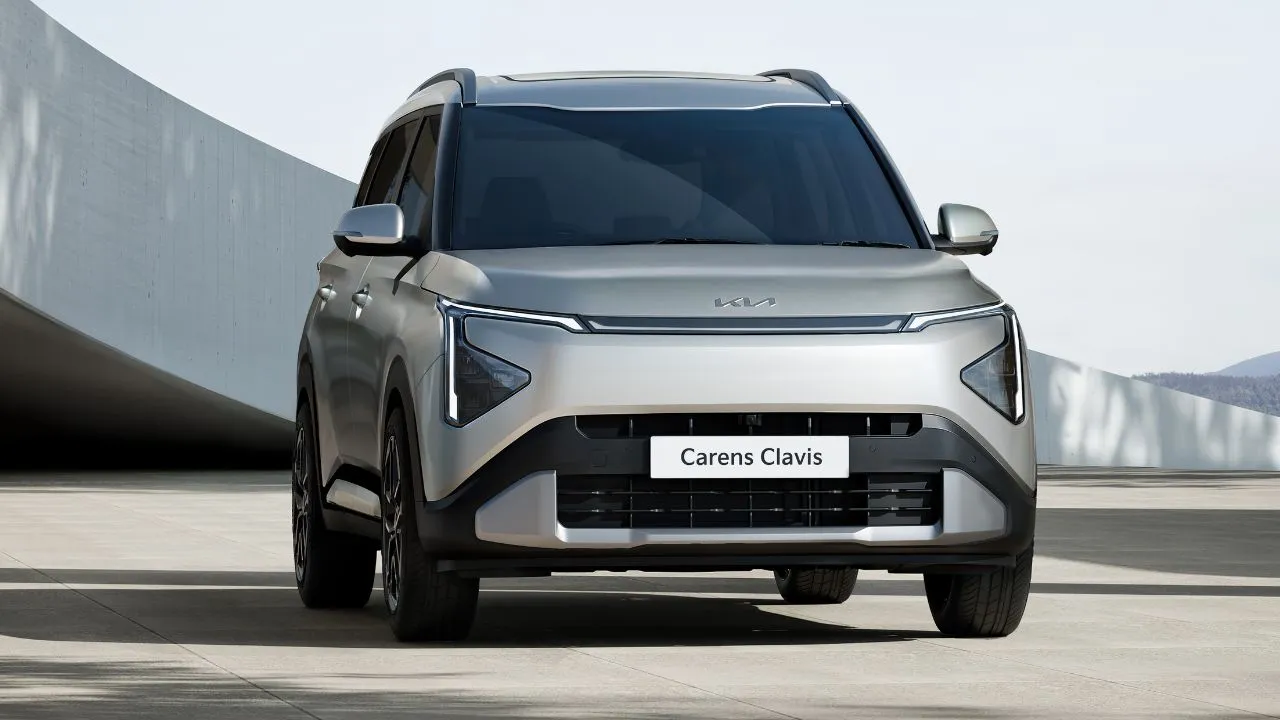However, when he died in 1927, the company passed into the hands of his widow, Giuseppina and son Domenico, who decided to shift the production from aircrafts to motorcycles, in response to Italy’s growing demand for individual motorized transport. As a result, the first thing they came up with was a motorcycle engine; inexpensive to produce and run, the two-stroke engine had a 98cc displacement.
Development of the engine was interrupted by the Second World War. By the end of the war, in 1945, Domenico Agusta had established ‘Meccanica Verghera’ in order to complete his motorcycle project: This new company gave birth to the legendary Italian brand, known today as MV Agusta. In the autumn of 1945, the first MV Agusta bike model was presented to the public. To be christened as ‘Vespa 98’, a registration error resulted in it being referred to as simply the ‘98’, available in Touring and Economical versions. In the wake of its early racing success, the 98 Sport was built. It differed from the earlier model on account of its telescopic forks, a new 5cm shorter frame and sportier handling. Changes to the engine increased its power to almost 5hp, a record at that time for an engine of this size.
During the 1950s, MV Agusta bike became a racing legend, thanks to its outstanding progress in performance and technology. Moreover, racing generated off-shoots such as the four-cylinder, four-stroke 500 Turismo and the sporty 125 Motore Lungo. While the latter went on to become the most popular MV Agusta sports bike of its day, the former proved to be costly and never got past prototyping. The year 1953 was something of an industrial milestone, with MV Agusta producing 20,000 bikes for the first time, owing to its comprehensive range and the introduction of the unique 125 Pullman model. Moreover, the first MV Agusta plant licensed to produce motorbikes for export was opened in Spain.
In a bid to expand its global footprint, MV Agusta announced its intention to enter the Indian two-wheeler industry in 2015. In order to honour its prior relationship with the Firodia-owned Kinetic Group, MV Agusta chose Kinetic as its sole importer, distributor and retailer for India. The association of both these brands goes back to the time when Kinetic designed and manufactured a 125cc engine for MV Agusta’s sister brand, Cagiva. Kinetic also designed and manufactured the aluminium frame for Cagiva’s Mito 125.
In May 2016, MV Agusta, in collaboration with the Kinetic Group, officially made its way into India as Motoroyale. The first Motoroyale showroom opened in Pune, Maharashtra which saw the launch of five of its products, namely, the F4, F4 RR, the F3 800, Brutale 1090 and the Brutale 1090 RR as the first MV Agusta bikes in India. This was followed by the second and third dealerships which came up in Ahmedabad and Bengaluru, respectively. Among the offerings, the F3 800 was locally assembled as a Semi-Knocked-Down unit (SKD) at the bike maker’s Ahmednagar facility. However, the bigger, four-cylinder engine models – the F4, F4 RR, Brutale 1090 and the 1090 RR were imported as CBUs.
The range of MV Agusta bikes in India consists of the Brutale 800, Brutale 1090, Brutale 1090 RR, F3 800, F4, F4 RR and the F4 RC which form the company’s 2018 product line-up.
MV Agusta bike prices in India start at around ₹15.60 lakh for the 2018 Brutale 800 and go up to ₹50.80 lakh for the 2018 F4 RC. All MV Agusta bike price listings can be found on the website of autoX.
